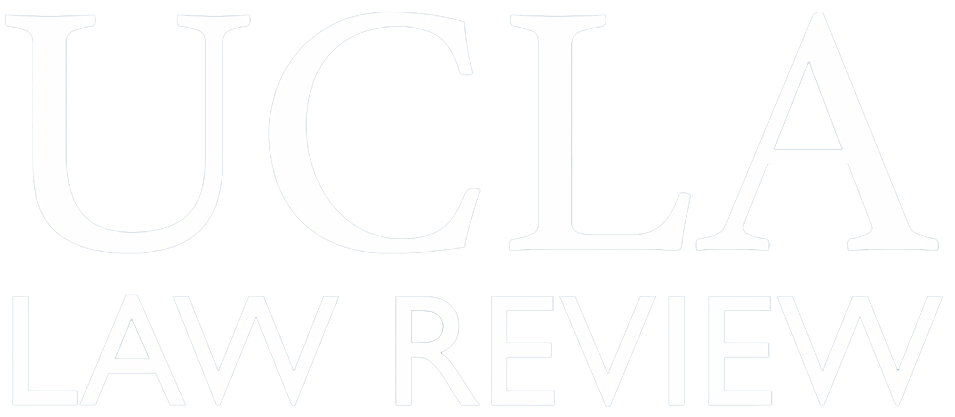Abstract
This Article examines more than three hundred promissory estoppel cases decided between January 1, 1981, when the Restatement (Second) of Contracts was published, and January 1, 2008, when research for this project began, to explore the manner in which courts conceptualize, decide, and enforce promissory estoppel claims under § 90 of the Restatement (Second) of Contracts. Specifically, because the drafters of the Restatement (Second) made several important changes to § 90 of the Restatement (First) with the intent of making promissory estoppel more available, the role of reliance more prominent, and the remedies awarded to successful litigants more flexible, this Article investigates whether these changes have had their desired effect on promissory estoppel doctrine as reflected in the case law.
The research presented here can be interpreted to support three major claims. First, these data suggest that promissory estoppel is a much more significant theory of promissory recovery than has been previously thought and seems positioned to continue to grow in importance in the coming decades. Second, the data reveal that promissory estoppel cannot be understood exclusively in terms of “promise” or “reliance,” as some scholars and judges have suggested. Instead, the data reveal that most judges require the existence of both promise and reliance before allowing a promissory estoppel claim to proceed, although surprisingly few judges require a plaintiff to show that the equitable principle of “justice” has been satisfied. Last, and most significantly, these data reveal that, with respect to remedies, courts tend to treat promissory estoppel actions as traditional breach of contract actions, in that courts generally tend to award the (usually) more generous expectation measure of damages, which is typical in ordinary breach of contract actions, over the (usually) less generous reliance measure of damages, which is often awarded where non-contractual obligations have been breached (such as in tort law). However, by replacing these conceptual labels (such as “expectation” and “reliance” damages) with a more functional classificatory scheme capturing whether a promissory estoppel plaintiff has obtained the highest recovery available under any other theory of promissory recovery, including a “traditional” breach of contract action, this Article argues that the extent to which courts have treated promissory estoppel claims as fully contractual has been underappreciated.
